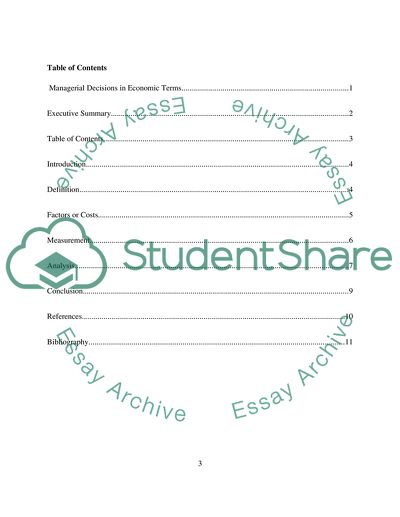Cite this document
(Managerial Decisions in Economic Terms Research Paper, n.d.)
Managerial Decisions in Economic Terms Research Paper. Retrieved from https://studentshare.org/macro-microeconomics/1569395-managerial-decisions-in-economic-terms
Managerial Decisions in Economic Terms Research Paper. Retrieved from https://studentshare.org/macro-microeconomics/1569395-managerial-decisions-in-economic-terms
(Managerial Decisions in Economic Terms Research Paper)
Managerial Decisions in Economic Terms Research Paper. https://studentshare.org/macro-microeconomics/1569395-managerial-decisions-in-economic-terms.
Managerial Decisions in Economic Terms Research Paper. https://studentshare.org/macro-microeconomics/1569395-managerial-decisions-in-economic-terms.
“Managerial Decisions in Economic Terms Research Paper”. https://studentshare.org/macro-microeconomics/1569395-managerial-decisions-in-economic-terms.


